Pistol development in the early 1900s was rapid. Pistols were being spit out at a rapid rate, and it seemed that almost every other year, some new advancement would be made in the technology.
In 1900, we got the first semi-auto pistol with a slide, and by 1911, we had the M1911. That’s how fast things were moving, and by the 1930s, the semi-automatic pistol was fast becoming the choice of military and police forces across the world.
In the 1930s, Walther was eating the European cake for pistols with the PP series. Not wanting to be left behind, famous arms manufacturer Mauser created the Mauser HSc.
The Mauser HSc – The Forgotten German Pistol (By Way of Italy)
The Mauser HSc was a lot like the Walther. It was a standard blowback-operated pistol that chambered .32 ACP or .380 ACP. The gun feeds from a simple single-stack magazine. The action utilized a DA/SA design with a slide-mounted safety and exposed hammer. I’d use that same description to describe the Walther PP series as well.
Mauser released the HSc in 1940s Germany. That was a helluva time to introduce a handgun, but it guaranteed purchases by German police forces, as well as the German Army and Navy.
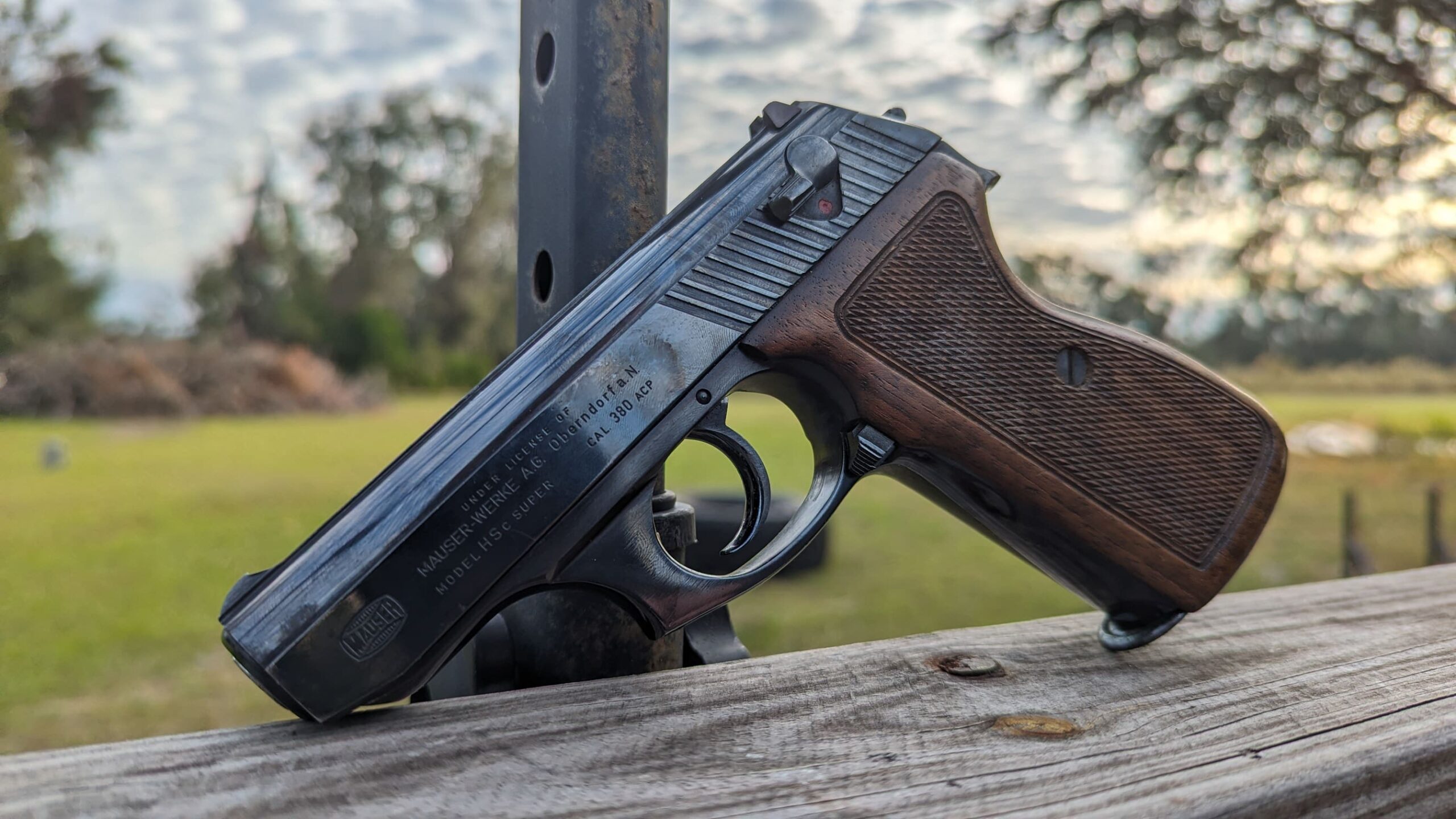
The Mauser HSc joined a long line of pistols that armed the Nazi war machine. The arm purchased 137,000 handguns, and the Navy purchased a little over 27,000 of the handguns, as well as nearly 30,000 purchased by police forces. Another nearly 60,000 were sold on the commercial market. It’s easy to say that the HSc was a very successful pistol, but it’s not one most Americans have had much experience with.
While the HSc is sort of odd, but the HSc Super is even more obscure. After the war, the French produced the HSc for use in the first Indochina War. An Italian firm, Renato Gamba, picked up production and produced the Mauser HSC Super, a.k.a. the HSc Mod 80, a.k.a. the SAB-2001 Super. The HSc Super was intended to provide the commercial market with an advanced version of the Mauser HSc. The gun was old in .32 ACP, .380 ACP, and 9mm Ultra.
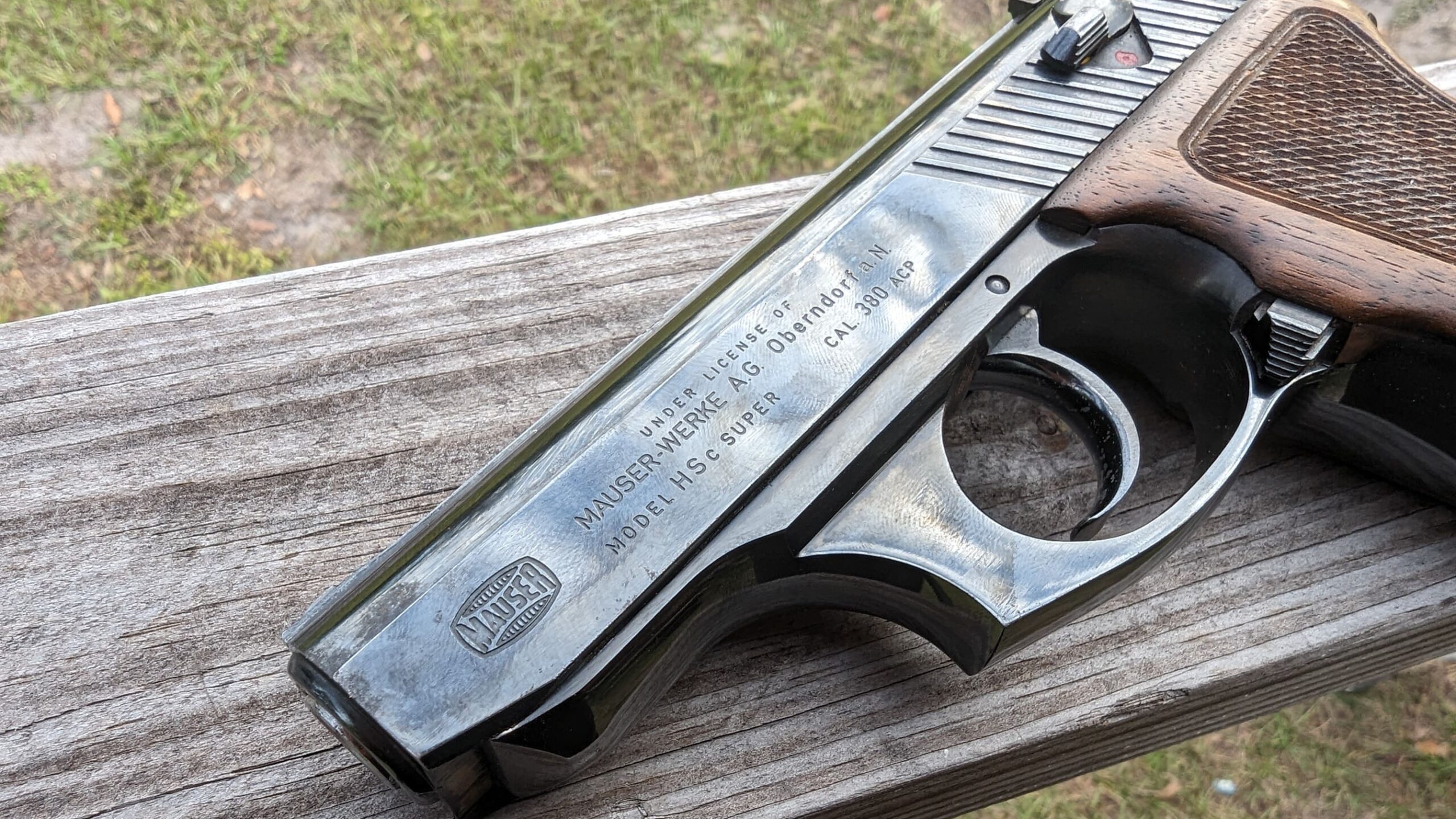
What’s So Super About the Mauser HSc?
The HSc Super got rid of the HSc’s single-stack magazine in favor of a double-stack mag. Chambered in.380 ACP, that made room for ten rounds. The .380 version of the HSc Super is the most common variant, but man, I would really love the .32 ACP variant.
The Italians also moved the magazine release from the heel up to the trigger guard. Other than that, it’s not much different than the standard HSc.
The Italians make it a beautiful gun. The glossy blued finish and the wood grips give it some old-school charm. It’s very simple in its design and has the curves of yesteryear rather than the blocky polymer designs we have these days.
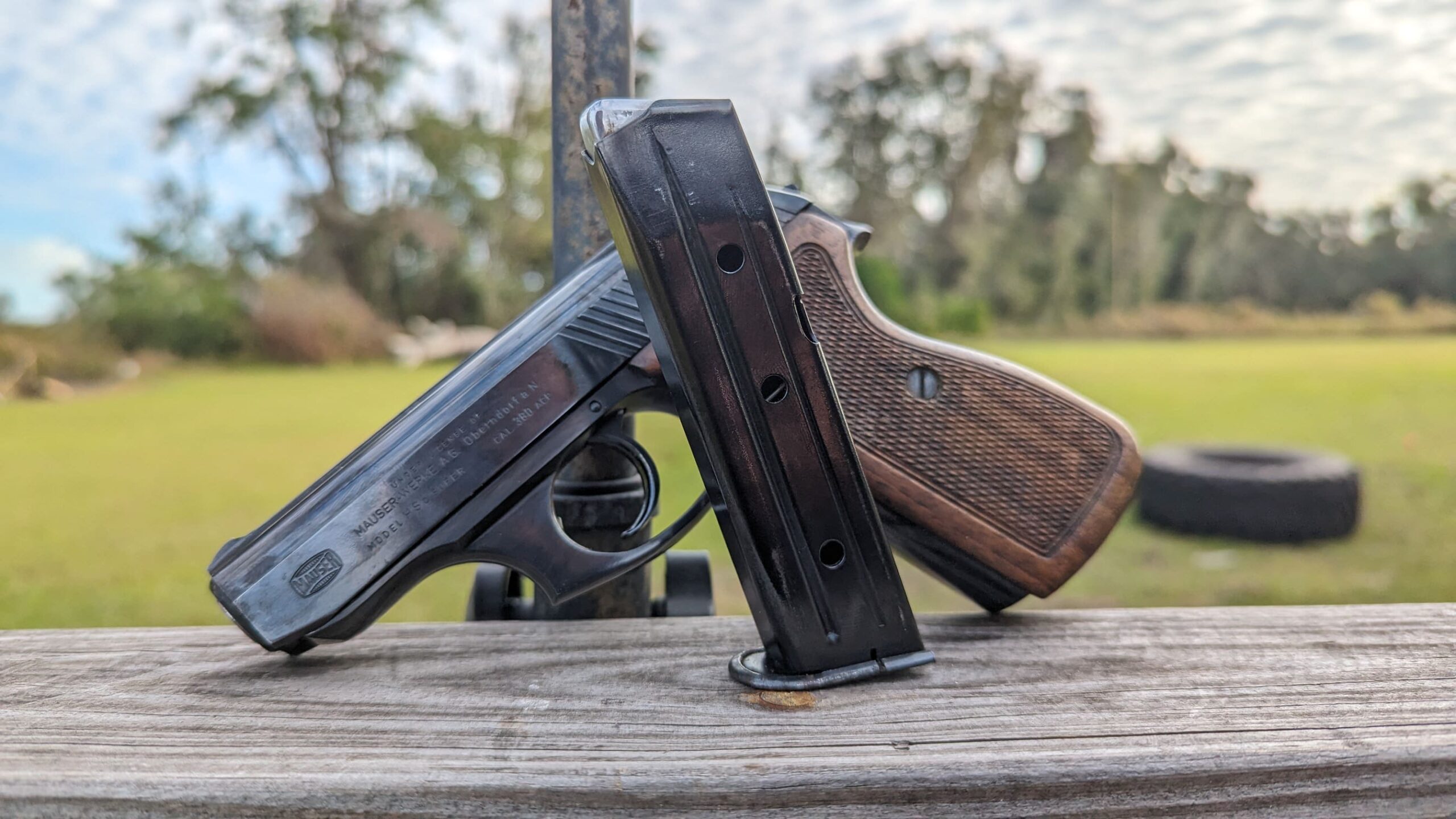
Mine was imported by Interarms, who blithely marked up at beautiful, glossy slide with a giant roll mark. The gun comes with massive wooden grips. The Mauser HSc Super’s grip is nearly 1.5 inches wide. It’s absolutely absurd for the size of the pistol and wastes all of the svelteness of the original HSc.
It appears that these guns were imported with both plastic grips and wood grips. The plastic grips aren’t a wrap-around type and seem to be a much thinner option.
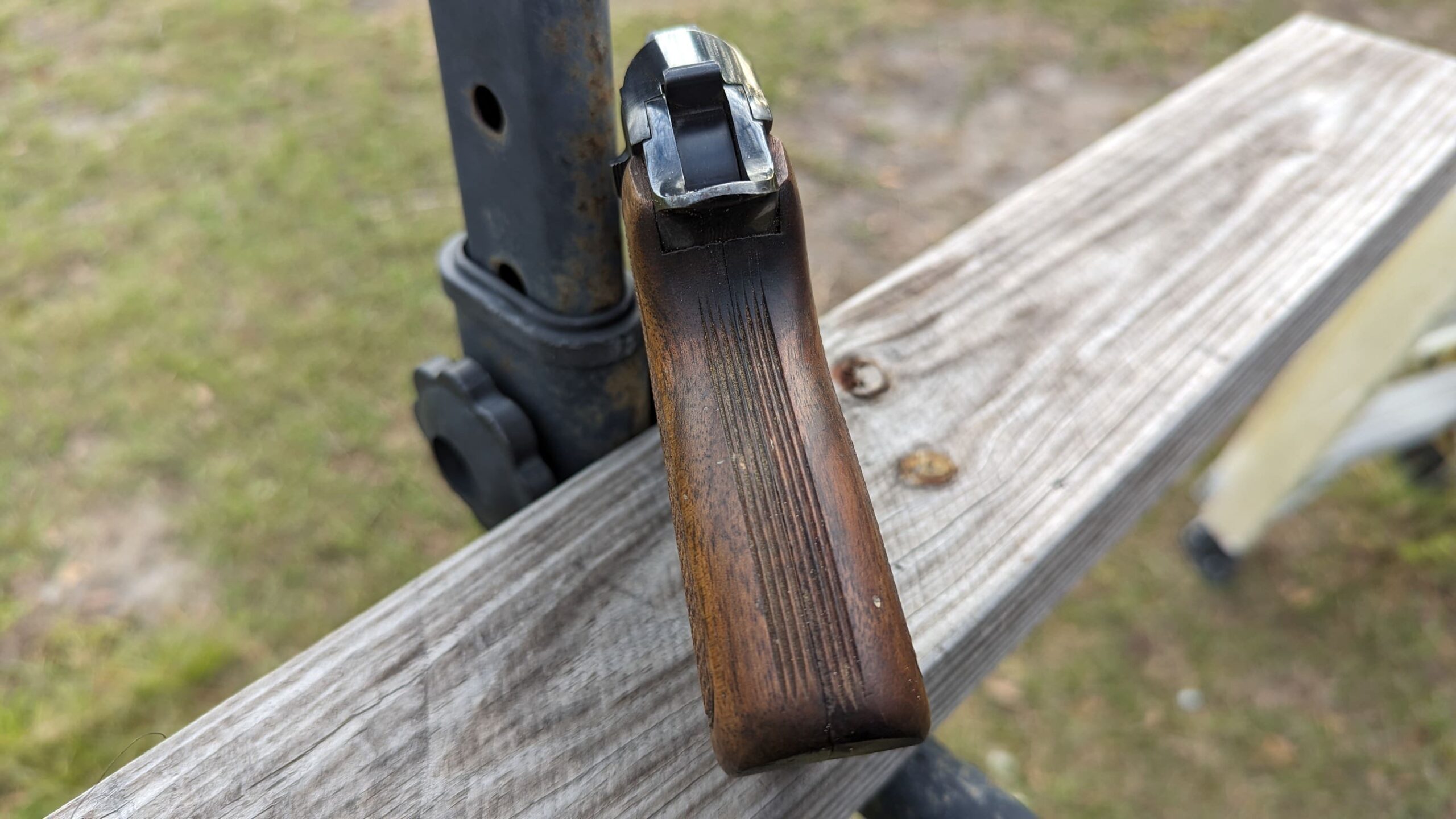
The hammer is interesting as it’s a weird sealed system. I’m not sure what to call it. A small protrusion allows you to de-cock and cock the gun easily. Speaking of safety, it’s not a de-cocker. It can be carried cocked and locked, or you can push the safety on and de-cock the hammer with your thumb without worrying about it slipping and the gun firing.
At the Range
The Mauser HSc Super is a straight blowback .380 ACP without a Hi-Point-sized slide. I’ll admit I thought the gun would have a lot more recoil to it. Those big wide grips and the pistol’s nearly two-pounds of weight soak it all up. It has a little less recoil than a 9mm with a short recoil system.
The HSc Super’s sights are small, but useable and a dab of nail polish would make the front sight stand out. The double-action trigger pull is very heavy and very long. We’re looking at a pull weight of around 12 pounds and a long, but surprisingly smooth trigger pull.
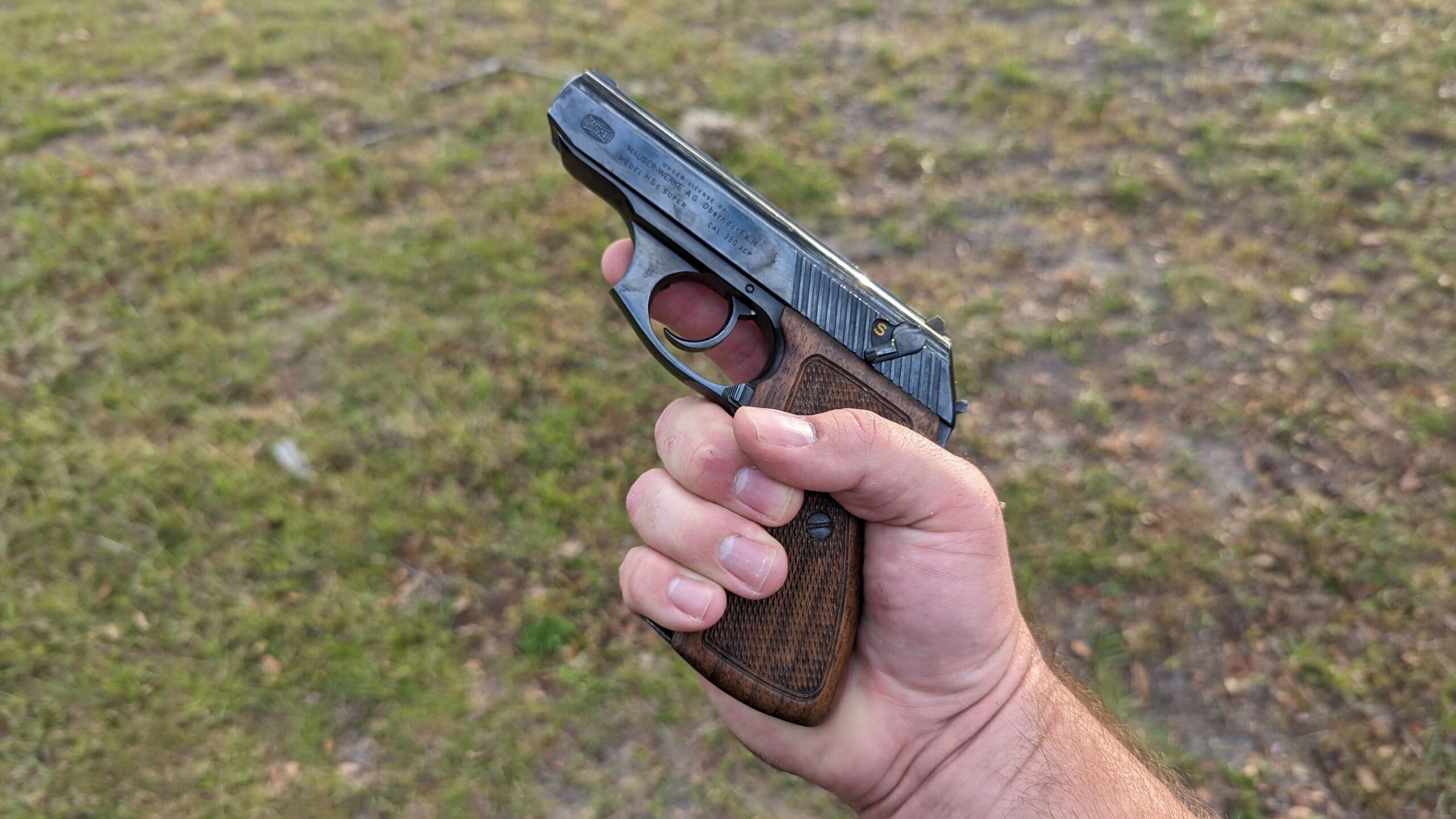
The single action pull has some initial takeup but then a wall and a short break. I love the single action personally, and it’s the reason why the Mauser HSc is so damn accurate.
Those small sights and shortish sight radius should result in a gun that’s made more or less confined to up-close shooting. I started at ten yards and threw lead at a small 4-inch gong and kept it swinging. I stepped back to 15, then 20, and even 25 yards and could still hit that 4-inch gong.
Longer ranges slowed myriad split times, but I still heard that ding almost every time the trigger was pressed. I dropped lots and lots of rounds on the target and really enjoyed the accuracy of this pistol.
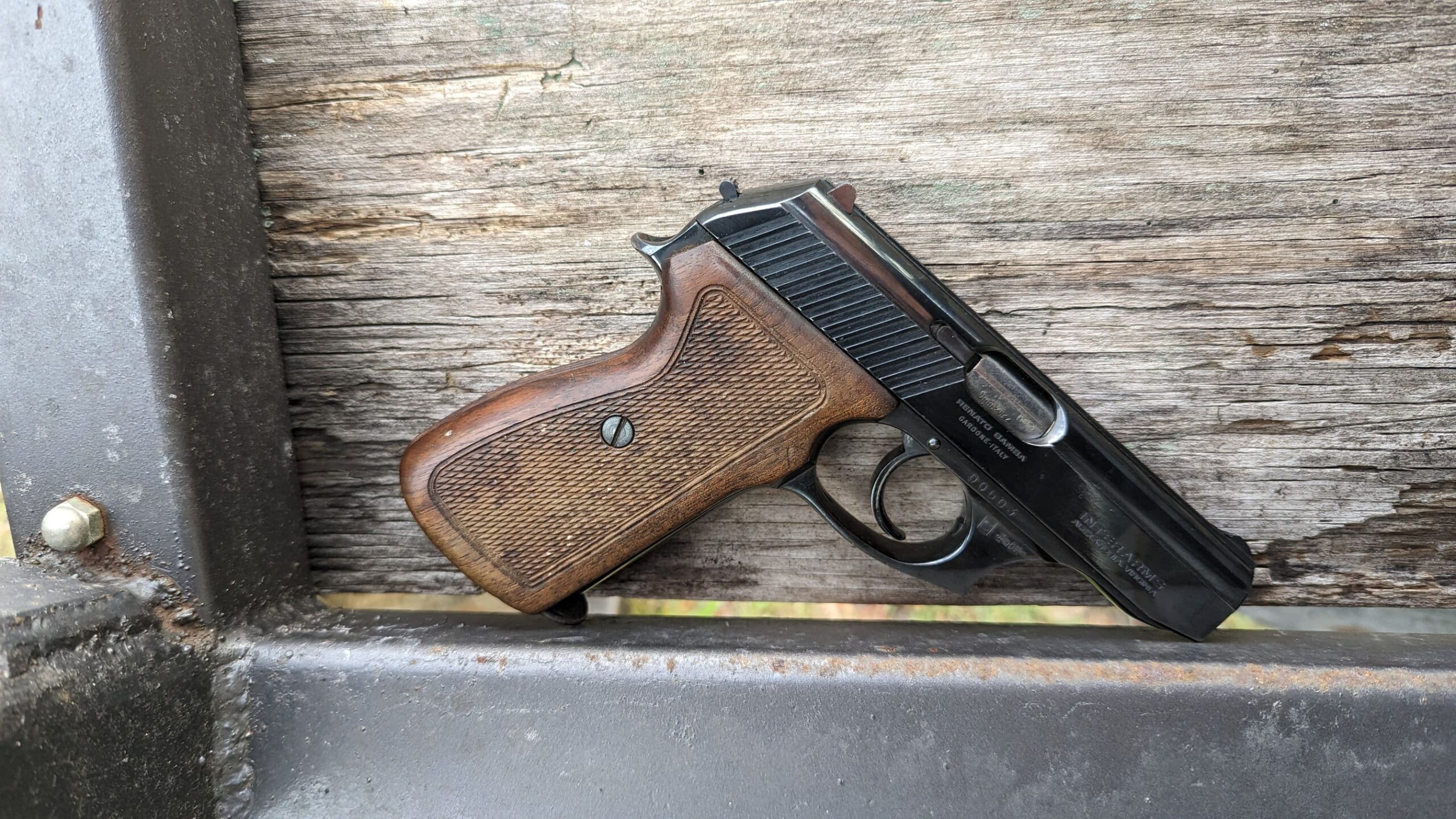
Reliability wasn’t a concern. I used some basic Fioochi 90-grain ammo, and it all went bang. I rarely enjoy shooting blowback-operated .380 pistols, but the Mauser HSc Super surprised me.
A Quirky .380
The HSc Super has a few quirks. The slide locks open after the final round is fired, which is great. However, there’s no slide release. You might think, ‘I’ll just slingshot it.’ Don’t worry, you don’t need to! Just insert the loaded magazine, and it automatically closes the slide. If you want to close the slide without loading a live round, don’t worry, inserting an empty magazine will also drop the slide.
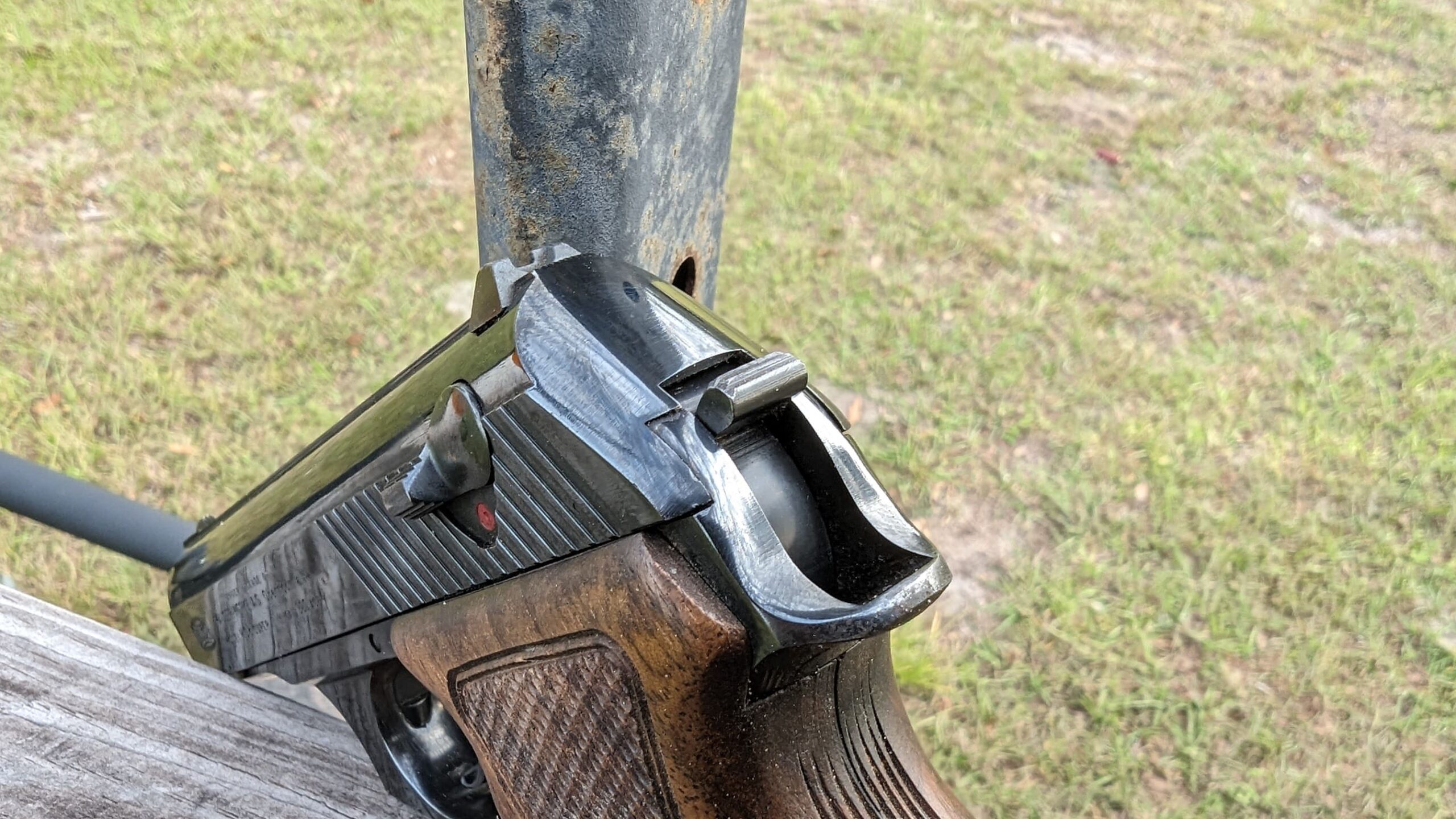
The biggest downside to the HSc Super is the magazine release. Any other handgun in the world is pretty simple. Just press it inward, and the magazine drops. With the HSc Super, the magazine release doesn’t go inward but needs to be pressed backward. You can’t reach it with your firing hand thumb, so it takes your support hand to release the magazine. No, really.
The New .380s
Not that long ago, .380s were pocket pistols…and they were mostly terrible. The .380 ACP has returned to tradition in many ways in the modern era. Guns like the Beretta 80X Cheetah, the P365-380, and the Ruger Security .380 ACP have revived the concept of the compact .380 ACP. Browning designed the .380 ACP for moderately sized pistols like the M1909 Pocket Pistol, and in our eternal wisdom, we thought that would translate well to 10-ounce pocket pistols.
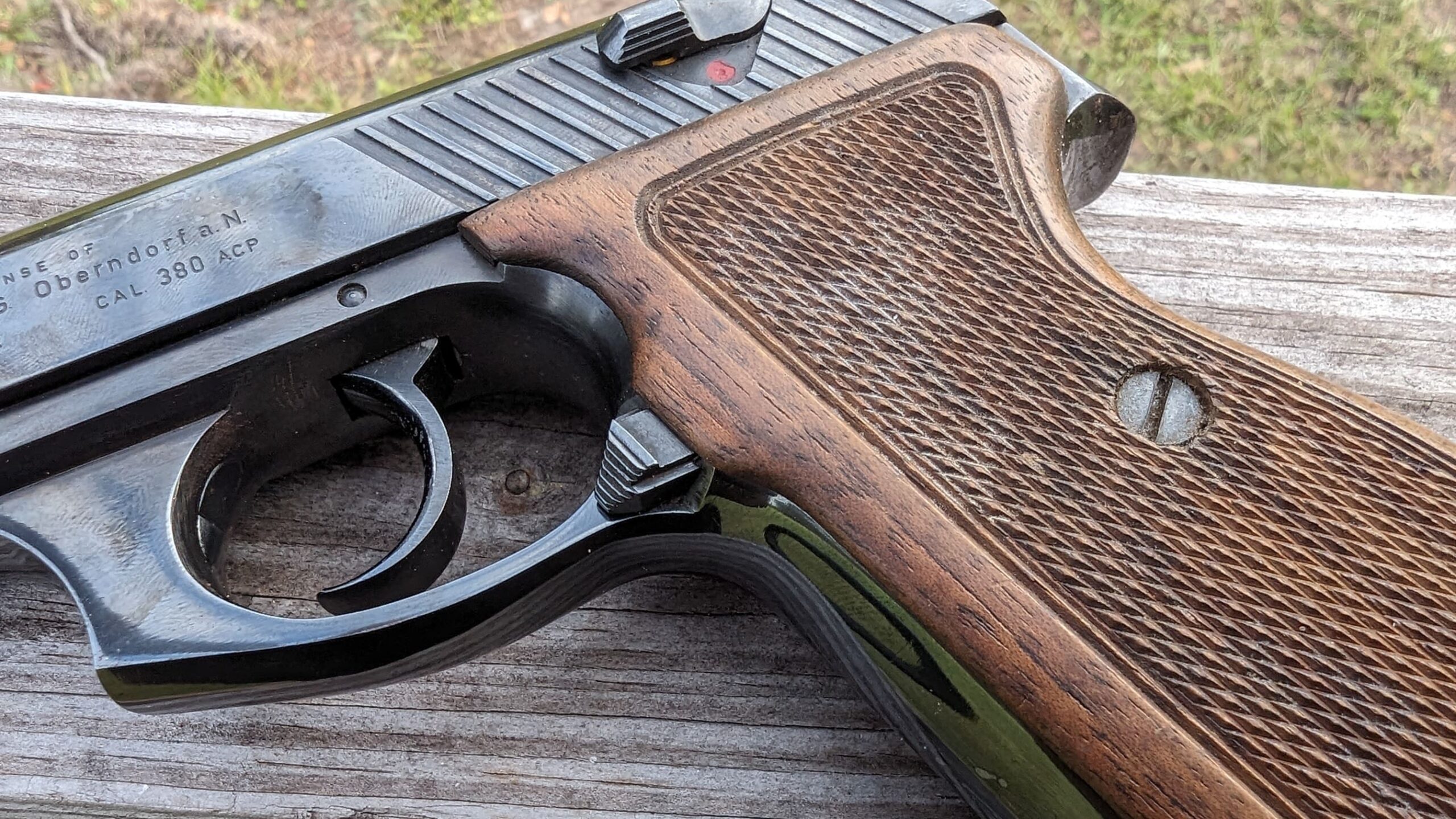
In the modern era, the .380 ACP is seeing a revival in this return to tradition as a low-recoiling cartridge for a compact handgun, and the Mauser HSc Super is an old-school option in that same genre. These guns seem to be selling for around 300 bucks. I got mine for 280 bucks with a single magazine. If holsters were easy to find, this would be a viable carry option. I’d probably toss on some plastic grips to cut the grip size down. It’s not modern, but it’s very capable, reliable, and clearly a very well-made pistol you can still find at a good price.







